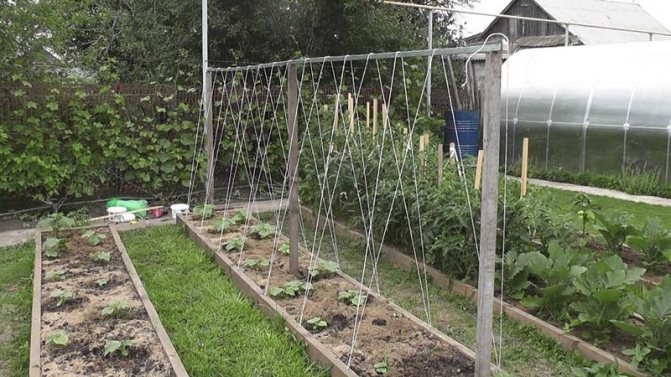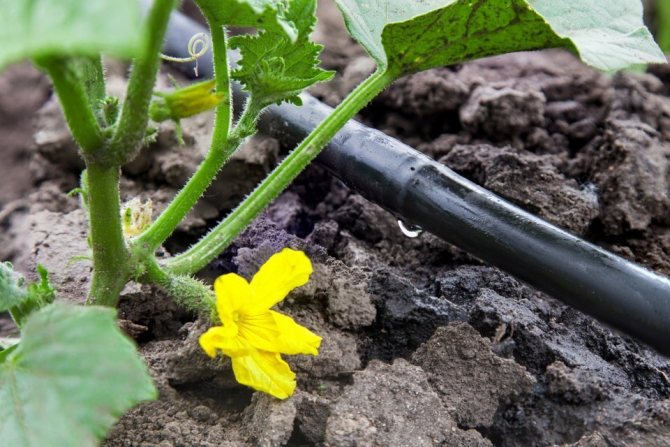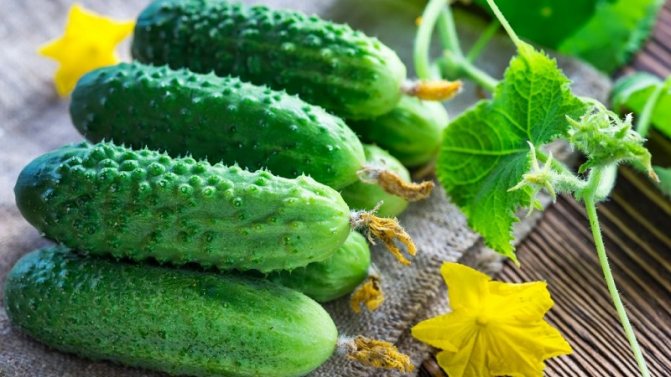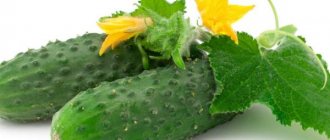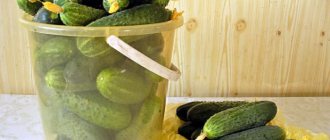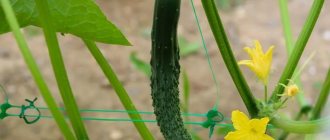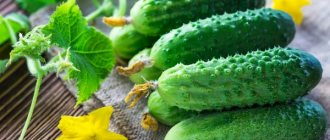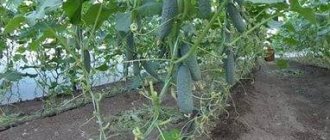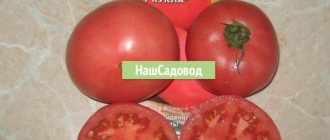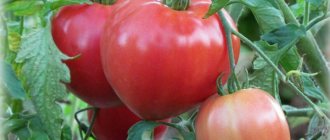Description
Parthenocarpic variety (forming fruit without pollination). Plants are medium-sized (2.5-3 m), with a compact bush, have a "bouquet" type of flowering, forming 4-5 fruits in one node.
The F1 symbol stands for first generation seed. When different varieties are crossed, a more stable and well-bearing hybrid is obtained. But for growing for the next season, seeds are not used, since a motley variety of completely dissimilar plants will grow from them.
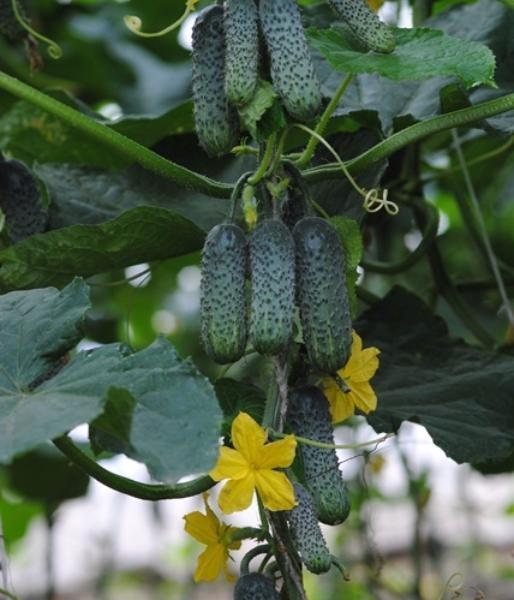
The hybrid has a bouquet type of flowering - 4-5 fruits in one node
A characteristic feature of the mini-gherkin is the deep green color and pronounced tuberosity of the fruit, as well as thorns, which are located more often than in other varieties. This type of peel is called a Dutch shirt. Zelentsy are cylindrical in shape, weighing 60–70 g, 6–10 cm long, 2.5 cm in diameter. The yield is excellent: with proper care, the vegetable crop gives 18–20 kg per 1 m2, and when picking pickles - 8 kg. A large number of fruits allows you to remove small greens 4–5 cm long from the bush. Cucumbers have a dense structure, no voids are formed during heat treatment. Pulp without bitterness. The fruits have a beautiful presentation due to the good length to width ratio of the fruit - 3: 1.
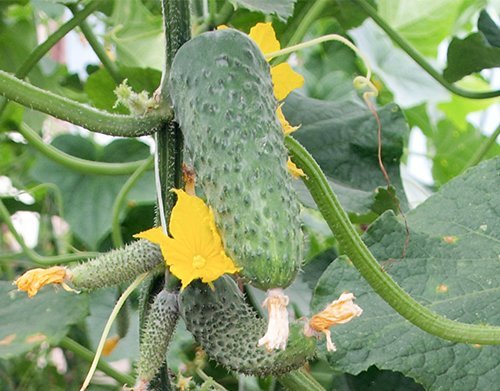

A characteristic feature of the Ekol F1 variety is the rich green color and tuberosity of the fruit
The variety is characterized by early fruiting - greens appear 42–46 days after seed germination. It develops equally well both in greenhouse conditions and in the open air. Ekol F1 is resistant to major bacterial diseases.
Small drawbacks of the hybrid are thorny thorns, as well as thickening of the fruit and a decrease in taste characteristics when picked late.
Sowing seeds in open ground
The seedless method can be used in late spring, when the threat of repeated frosts has completely passed, and the soil warms up to + 15-16 ° C. In the middle lane, this period falls on May 25-30.
Sowing of seeds that have sprouted is carried out in the following order:
- In the prepared soil, make shallow holes in advance with an interval of 10-15 cm.The optimal distance between the rows is 60-65 cm.
- Moisten the grooves and throw 4-5 seeds into each of them with the expectation that 2-3 plants will remain in the hole. Planting depth - 2-3 cm.
- Cover the crops with foil, which can be removed in a few days.
The first shoots should be thinned out on the 10th day after planting, leaving between the seedlings up to 10 cm.A week later, the seedlings should be thinned again, increasing the distance between them to 20-25 cm.
For information on how and when to plant cucumbers for seedlings, look in this article.
Landing
The Ekol F1 variety can be grown by seed and seedling methods. For cucumbers, water and air permeable soil is needed in a place protected from the wind.
A place for borage is chosen well warmed up, next to beans, garlic, onions.
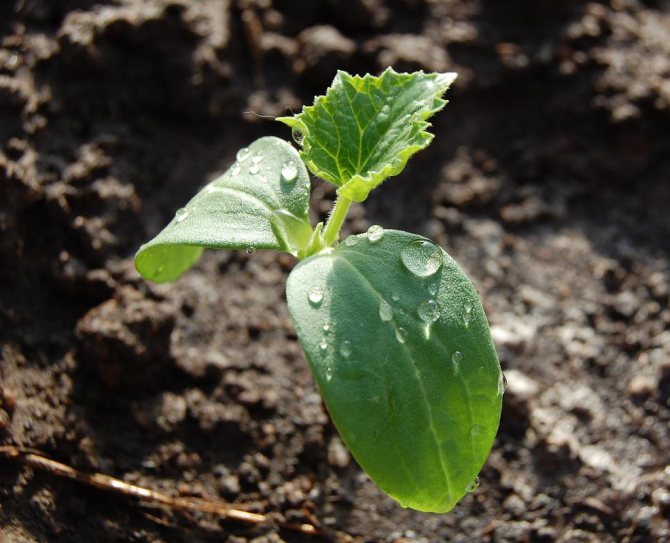

Choose a bright place for the borage
Sowing seeds on the site
Seeds are planted in the ground in May, when the soil warms up to 15 ° C.
- Before planting, the seed is soaked in a nutrient solution (1 tsp Nitrofoski and 1 tbsp ash per 1 liter of water).
- On the fertilized bed, grooves are made every 10 cm.
- Moisten the soil.
- Seeds are planted in 5 pieces per hole, deepening them by 3 cm.
- When the temperature drops, the beds are covered with lutrasil.
- After 1.5 weeks after planting, the seedlings are thinned out, leaving 15 cm between the cucumbers.
- After the appearance of the leaves, they are thinned again so that there is 30 cm between the bushes.
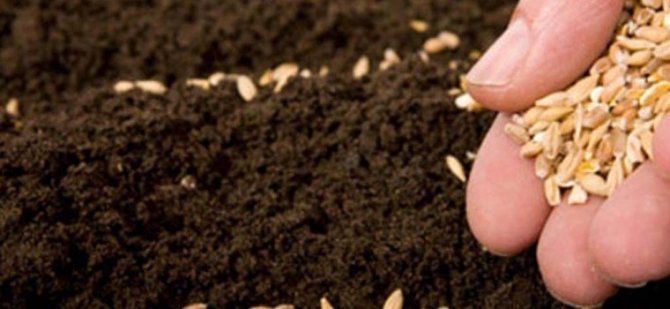

When sowing cucumbers in the ground, put several seeds in the hole
Growing seedlings
Plants grown by seedlings begin to bear fruit much earlier. Cucumbers do not like when they are transplanted, so it is better to sow the seeds immediately in separate small containers. Sowing is carried out in April.
- A soil mixture is prepared from peat, humus, turf and sand (2: 2: 1: 0.5).
- The seeds are soaked in a solution of potassium permanganate or Zircon.
- Wrap in a damp cloth for germination for 2 days.
- Seeds with 5 mm sprouts are planted in the soil to a depth of 2 cm.
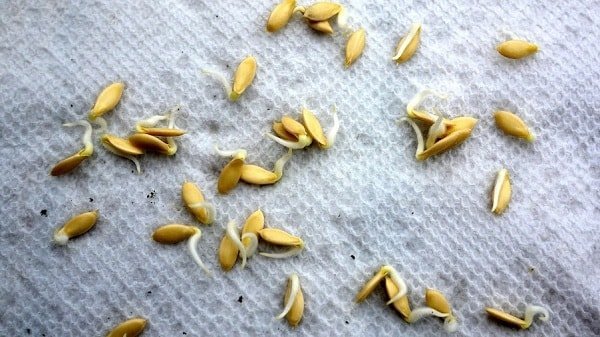

Sprouted cucumber seeds are planted in the substrate
- Sprinkle with water, cover with polyethylene and put in heat (25 ° C).
- With the appearance of sprouts, the film is removed and the seedlings are transferred for 2-3 days to a cool room (19 ° С during the day, 15 ° С at night).
- In the future, it is necessary to maintain the optimum temperature for plants: at night - 17 ° С, during the day - 22 ° С.
- Watered 2 times a week with water at room temperature.
- After the growth of the first leaf, fertilize with mullein infusion (1:10).
- They are fed again a few days before planting in the garden (10 g of urea, 15 g of potassium sulfate and 35 g of superphosphate per 10 L of water).
- Seedlings with 2-3 true leaves are planted in the ground.
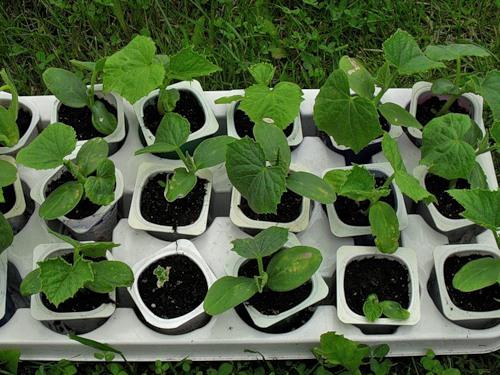

When 2-3 true leaves appear, the seedlings can be planted in the ground
Important! Lack of food or light, too dense planting or incorrect temperature conditions badly affects the growth of seedlings - they stretch out.
The seedling breeding process takes about a month. 3-4 days before planting with the establishment of warm weather, when the temperature in the greenhouse is at least 20 ° C, and the soil warms up to 15 ° C, the plants are taken out into the fresh air for 3 hours, protecting them from the sun and wind with the help of a spunbond.
It is better to plant seedlings on the site in cloudy weather after lunch.
- Pre-dug up the garden bed, flavored with manure.
- Wells are made with a depth of 15 cm according to the scheme 30x60.
- Spill the hole with water (5 L).
- A seedling with earth is removed from the cup, after moistening.
- The seedling is lowered into the hole, deepening to the seven-lobed leaves.
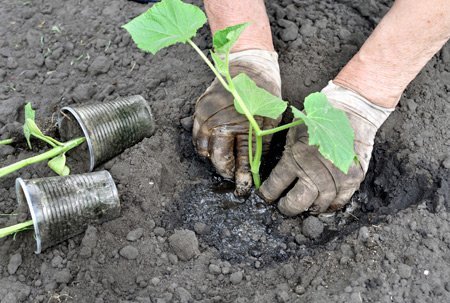

The plant is lowered into a hole and covered with earth
- They compact the soil.
At first, tender seedlings should be covered with spunbond to shade and protect from hypothermia.
Agrotechnics
In order for the Ekol F1 cucumber to grow and develop well in the personal plot, first of all, it is necessary to take into account the following agrotechnical rules:
- In the conditions of the middle lane, a crop can be grown through direct sowing of seeds in open ground. In other regions, it is better to use the seedling method, since in this case the plant begins to bear fruit faster and bears fruit more abundantly. The best time for sowing is the second decade of May.
- For cucumbers, it is worth choosing medium loamy soils that have sufficient looseness. If the soil is heavy, it should be fed with moistened sawdust in the fall.
- Sowing seeds can be done on the site where such vegetables grew in the previous season as: cabbage;
- potatoes;
- onion;
- legumes;
- pepper.
The parthenocarpic hybrid produces equally good yields in the first and second revolutions, therefore it is one of the best options for growing in spring or summer.
Cucumber plant care
The variety is considered picky, but a large amount of vegetables can be obtained only by following the necessary agrotechnical rules.
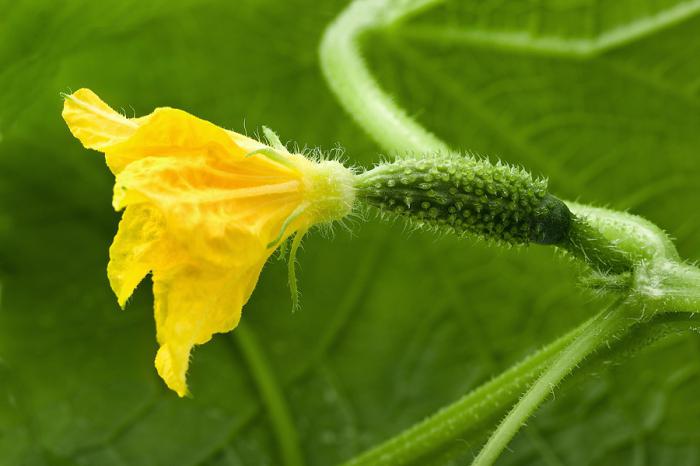

You can wait for a good harvest of cucumbers only if you take proper care of the plants.
Watering
Proper watering is important for the growth and fruiting of cucumbers, as they love moisture very much. With insufficient irrigation, the greens will grow a little, and their taste will not be very good. Water the borage in the morning or in the evening with water heated in the sun after 3-5 days (more often at the time of the appearance of fruits). Usually, 30 liters of water per 1 m2 is enough, in extreme heat - more, with prolonged rains, humidification is stopped.
For watering cucumbers, you can use the sprinkler method or along the grooves. It is necessary to spray water carefully: in sunny weather, moisture that gets on the leaves can cause them to burn, and too powerful a water pressure can damage the roots that are close to the surface.


Cucumbers should be watered in the morning or in the evening with water heated in the sun, every 3-5 days, more often during fruiting
After each watering and rain, the soil is loosened in the row spacing to a depth of no more than 8 cm.
Top dressing
Vegetable crops are fed several times per season. Timely feeds form healthy plants and ensure high yields.
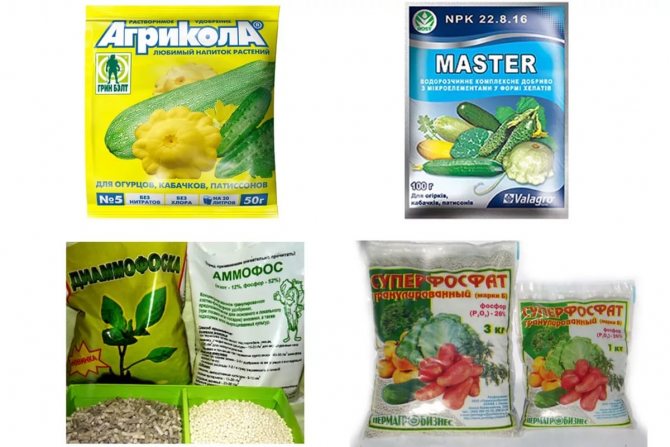

Timely fertilization will ensure high yields
Fertilization table
| Frequency of application | Fertilizer for 4 m2 |
| 2 weeks after planting seedlings in the ground | Foliar dressing with potassium salt, superphosphate, ammonium nitrate (10 g per 10 l of water) |
| 14 days after the previous feeding | The same microelements with an increased dose (20 g per 10 l) |
| Weekly when fruiting | Potassium sulfate (30 g per 10 l of water) |
| From the beginning of fruiting to the end of collection with an interval of 15 days | Foliar dressing with magnesium nitrate (15 g per 10 l of water) |
Vegetable growers' tips
- the planted seedlings can be fed with a yeast solution that activates growth. Such feeding is carried out a week after the application of nitrogen fertilization, and again - after the phosphate fertilization;
- good organic feeding - manure infusion (1:10), applied every 2-3 weeks;
- it is useful to fertilize cucumbers with bread leaven. It is prepared like this: a bucket filled with 2/3 crusts of black bread is poured with water and put under oppression in a warm place for a week. The resulting infusion is diluted with water 1: 3 and watered at the root of 0.5 liters per bush.
Bush formation
This hybrid has medium branching of lateral shoots. After the formation of 6–7 leaves, the main stem is pinched, which contributes to greater growth and an increase in the number of greens. Leave 1-2 strong stems, cut off the rest of the shoots.
Support
The cultivation of the Ekol F1 variety involves the use of supports that hold the bush with many fruits upright. If the plant is left without support, then the lashes will creep along the ground, which often leads to diseases of the cucumbers.
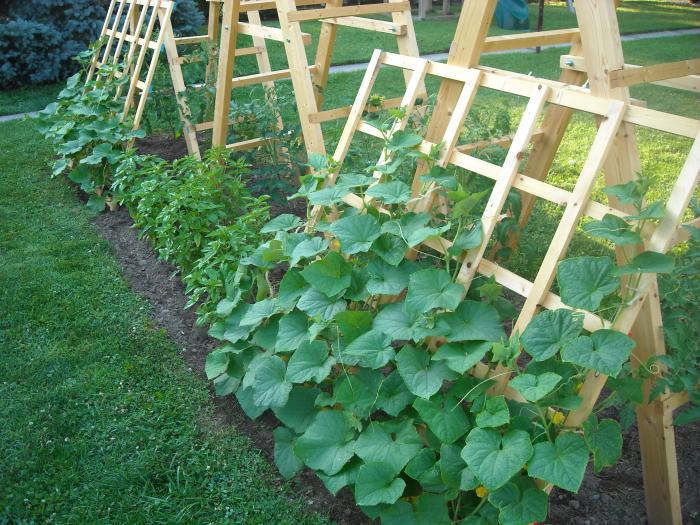

To support the lashes, you must install a trellis
Tying on cords or setting the trellis facilitates care and harvesting, and helps to ventilate the bushes.
Origin of the variety
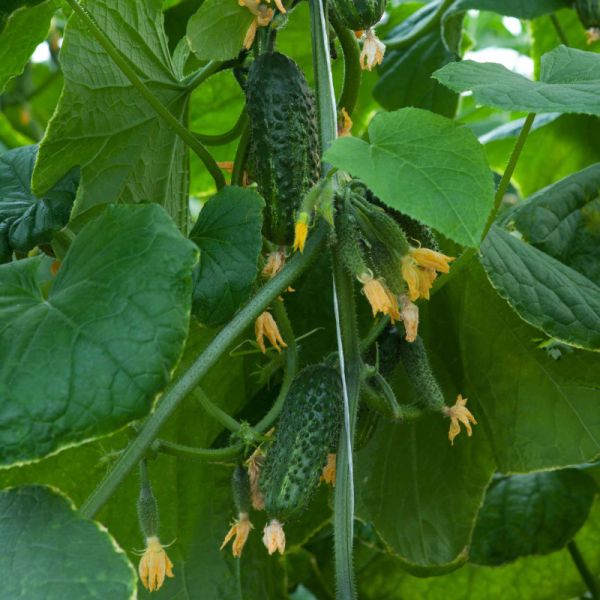

Ekol F1 is a hybrid variety obtained in the laboratory of Sygnenta
Ecole F1 is an early ripe hybrid of Dutch origin. This is a gherkin type culture that was developed by the staff of the Sygnenta Seeds organization. The sphere of activity of this company is selection and seed-growing work. In 2007, the culture was entered in the state register for the North Caucasian region.
Important! The F1 mark indicates that these are first generation hybrid seeds. Ie.they give the maximum yield in a small area, however, such cucumbers are not used for future crops.
Diseases and pests
The hybrid has good immunity, is resistant to brown spot, but in an unfavorable environment it can be affected by diseases.
Table: hazards for cucumbers
| Disease / pest | Signs | Prevention | Ways to fight |
| Tobacco mosaic | Yellow spots are formed on the leaves and fruits. | Cleaning in the fall and disinfection of cultivated areas. | Sick bushes are dug up and burned. |
| White rot | A white fluffy bloom forms on the stems. Cucumbers quickly rot. |
|
|
| Peronosporosis | Brownish spots appear on the upper side of the leaf, and a gray-violet bloom on the lower side (in places of spots). |
|
|
| Aphid | The pest feeds on the sap of the foliage, causing it to turn yellow, curl and dry out. |
|
|
| Spider mite | Light dots appear on the leaves. From below, the sheet is covered with cobwebs, the upper part becomes spotty. The foliage dries up. | Remove weeds regularly. |
|
| Whitefly | The surface of the leaves first turns white, then blackens. | Do not plant cucumbers close to fruit trees. | The leaves are washed with clean water. |
Photo gallery: diseases and pests of cucumbers
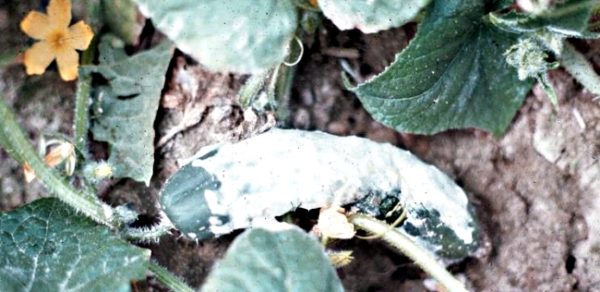

White rot covers cucumbers and leaves
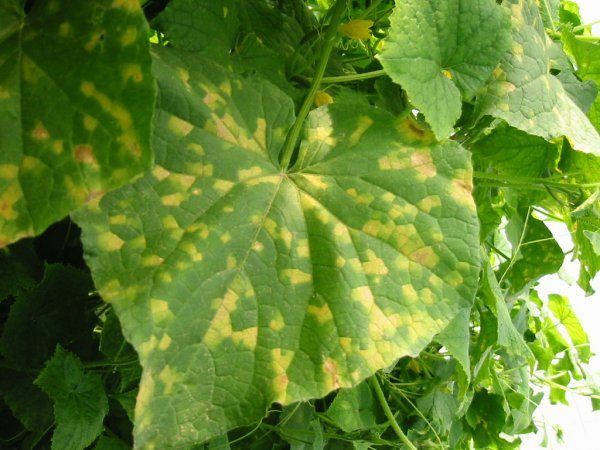

Peronosporosis weakens the plant, leading to loss of leaves
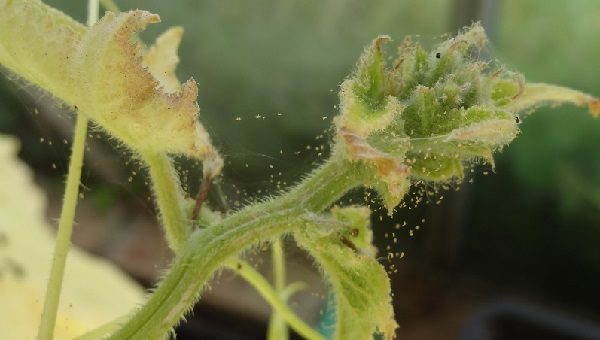

Leaves affected by spider mites dry up


Tobacco mosaic is virtually untreatable


Whitefly causes black foliage
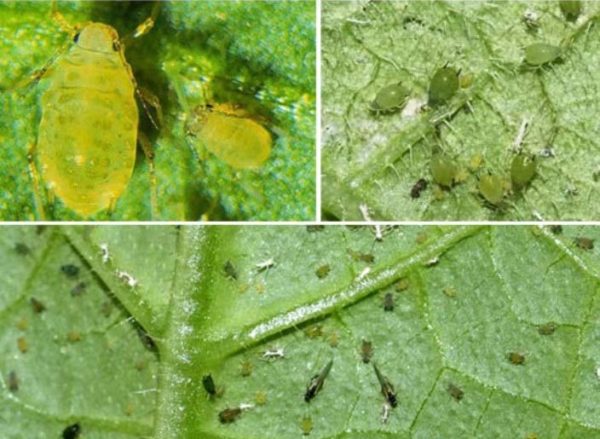

Aphids suck out plant sap, causing great harm.
What are the highlights of the Ekol F1 cucumbers?


Ekol F1 is an early variety, excellent for pickling and preservation
Ecole F1 is one of the most popular early varieties. Cucumbers are self-pollinated. This variety is characterized by bouquet flowering. The fruiting period lasts from May to the last decade of September. The plant is medium-growing, reaching 2.5–5 m. It has short internodes. Leaves are medium in size with a dark green color.
The setting of cucumbers is high: in each node, 4–5 fruits are formed. They have a cylindrical shape, reach 80–100 g in mass, grow up to 8–12 cm. Cucumbers are covered with dark green skin with light stripes and blurred white spots. The pulp is dense, aromatic, crunchy. There is no bitterness in the taste. There are small thorns on the surface of the cucumbers. The growing season lasts 42–48 days.
Advantages and disadvantages (table)
| Benefits | disadvantages |
| Resistant to powdery mildew, cladosporium disease, mosaic virus. | Fruits prickly and barreled in case of late harvest |
| Shows the best results for pickling and canning (due to the dense structure of the pulp). | |
| The variety is suitable for picking small fruits (pickles) of 4-6 cm. | |
| Intensive ovary formation. | |
| Good preservation without loss of quality | |
| Stable yield |
Video: description and appearance of the culture
Harvesting
Zelentsy can be harvested all summer until autumn. They are removed from the bush in 2-3 days. Rare harvests reduce the yield and quality of zelents.


Zelentsy are perfect for pickling
Ekol F1 cucumbers are good for preservation. For these purposes, use small cucumbers only 5-7 cm in length.


The fruits must be removed every 2-3 days.
Greens are stored in the refrigerator for 5-7 days. And if you put them in an open bag, and cover the top with wet gauze, the shelf life can be increased to 10 days.
A cucumber actually consists entirely of water, but in addition it contains mineral salts and useful trace elements. And there is more iron in it than in grapes. Potassium in cucumbers strengthens the cardiovascular system and prevents the formation of kidney stones. Regular consumption of these vegetables has a beneficial effect on the functioning of the thyroid gland.
Cucumbers can be used to prepare many different dishes: salads, snacks, etc. But, of course, fresh cucumbers are tastier and healthier.


Ekol F1 cucumbers are great for pickling
Testimonials
“Cucumbers“ Ekol F1 ”are an excellent variety for conservation, there are no words to describe these cucumbers. The family loves them very much. I have prepared seams for the whole winter for myself and for the children. Collected daily very small, no more than 5 cm. But without gloves, it is difficult to do it - it hurts prickly. I am very happy with the yield, there were a lot of ovaries. The more you shoot, the faster new ones grow. Until autumn we were with fresh cucumbers ”. Lyudmila, 47 years old, Shebekino, Belgorod region.
“I couldn't go to the dacha every day - I was busy at work. The heat lasted for the whole of August 30. Once a week he watered as much as he could. Not all survived. I was surprised by the “Ekol F1” cucumber bed. Nobody expected such resistance to weather conditions from a new variety for us. I bought the seeds because I was led to the reviews - I chose from the catalog and photo. They outgrow quickly, become tasteless. If you cut it off in time, then it is a wonderful variety for our places. " Alexander, Kamyshin, Volgograd region
Characteristic
Branched bushes, fluffy. High - up to three meters, but more often - one and a half to two. The main stem is 3 cm thick. The formation of cucumbers is nodal. Five to six fruits grow from one node. An unlimited number of nodes on the branches are formed, but not all of them eventually bear fruit. The stems and leaves are dark green in color. Young leaves are covered with fluff, as it grows, it disappears and the greens become smooth and even.
Note!
Ekol is an indeterminate variety, that is, growth continues throughout the season. Leaves are medium-sized, medium size and below.
Sometimes light streaks appear on the leaves, this is normal and does not mean any disease. Flowers during flowering are bright yellow, type - bouquet.

